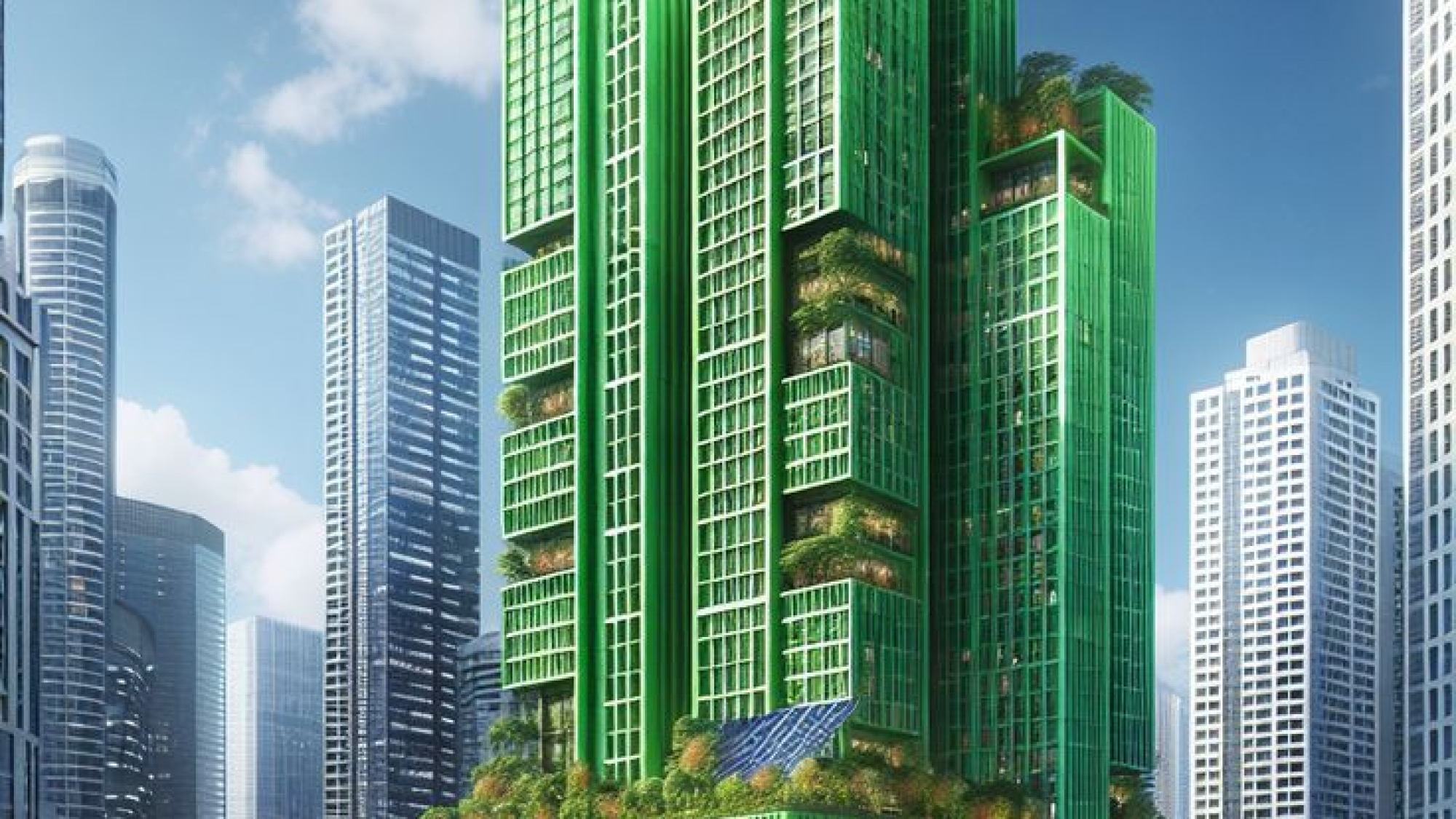The construction industry is undergoing a seismic shift towards more sustainable practices. With increasing concerns about climate change and resource depletion, architects and engineers are racing to design and build structures that are both environmentally friendly and energy-efficient. This article explores the innovative ways in which the construction sector is harnessing renewable energy sources to power buildings and reduce their carbon footprint.
From the integration of solar panels into building facades to the use of geothermal energy for heating and cooling, the possibilities for sustainable construction are vast. Advances in technology have made it easier and more cost-effective to implement green building practices, leading to a surge in demand for energy-efficient homes and commercial spaces. Moreover, governments around the world are introducing policies and incentives to promote sustainable construction, further driving the industry towards a greener future.
However, despite the growing interest in green building, there are still challenges to overcome. The high upfront costs of implementing sustainable technologies can be a barrier for many developers. Additionally, there is a need for a skilled workforce with the expertise to design and construct energy-efficient buildings. Nevertheless, the benefits of sustainable construction far outweigh the costs. By reducing energy consumption and greenhouse gas emissions, green buildings can help to mitigate the impacts of climate change and create healthier, more comfortable living and working environments.

